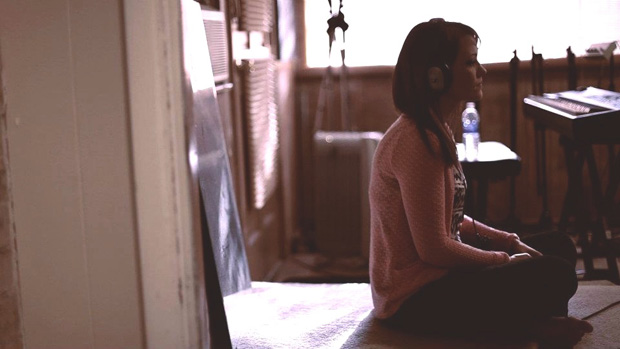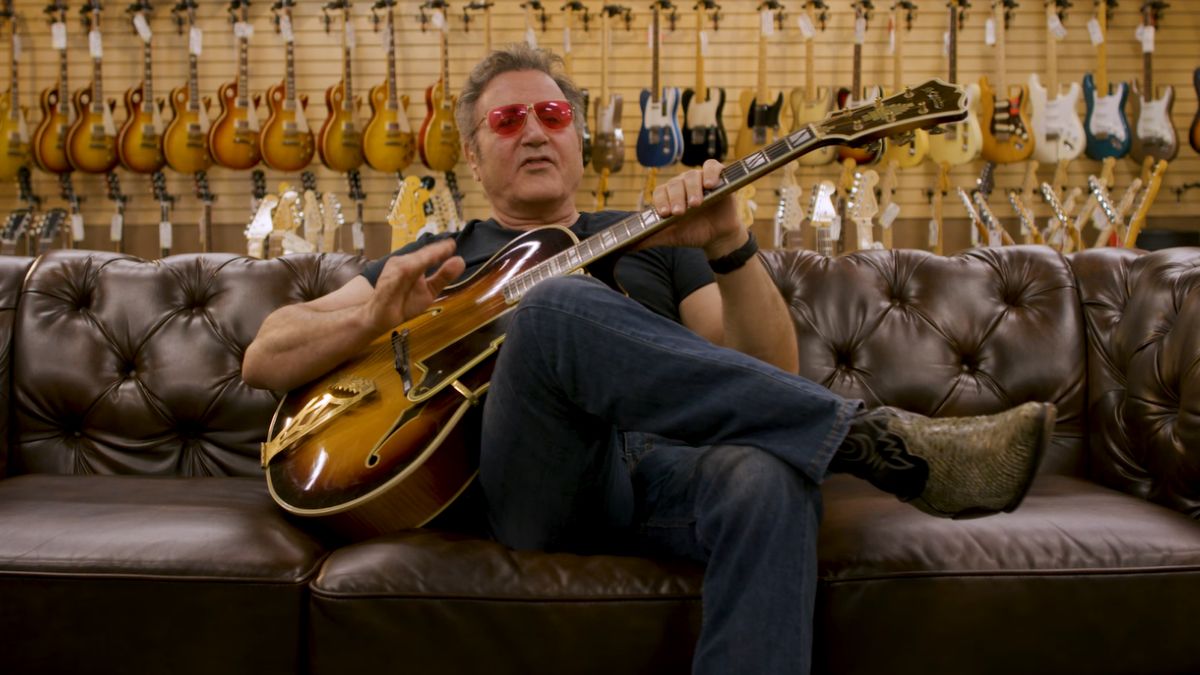The Indie Idealist: DIY Demos (Part One)

Creating passable demos of new songs is a common first step for independent musicians preparing to make an album of original music. It's definitely a good idea to make a basic recording of a new song before taking it into the studio, but why not take it a step further?
Recording the song on your iPhone with a voice recorder app has its merits, but taking a few additional steps can not only expand your creative process and the depth of your songwriting, but it can also help to better convey your musical ideas to your band members.
Yes, adding even more technological elements may feel cumbersome to many of us, but once you get a hang of the basics the prep work can become an experience in solitary musical exploration and artistic independence.
I’m not one for reading technical manuals. I’m the kind of person who would rather tinker with things myself for hours with a blank stare of confusion on my face before even considering opening a user's manual. While I don’t recommend this method, I find that I am able to accomplish far more than I initially expect.
Despite my less-than-efficient approach, I have figured out a lot about home recording on my own. Here is a list of things I used when demoing my original music in preparation for my recently release debut album.
Studio space
I live in a very small apartment. Living alone is great for a recording musician. Sure, I make music about two feet away from where I make dinner, but I have the space all to myself. If you live with people you might just need to bake them cupcakes or do the dishes a few extra times...you'll need the brownie points when you're tinkering with bass sounds at 1am!
Instruments
I have two keyboards that serve different but necessary purposes -- a Yamaha MO8 and a Nord Electro 3. The Yamaha has a beautiful acoustic piano sound, possessing an almost thunderous low end.
Get The Pick Newsletter
All the latest guitar news, interviews, lessons, reviews, deals and more, direct to your inbox!
The Nord, while not shining quite as brilliantly in the acoustic piano department, has phenomenal Wurlitzer and organ sounds, as well as a great Mellotron patch. I also have an Alvarez acoustic guitar, which I’ve had since I was a kid. It has a great sound and a comfy feel.
Microphones
After many hours of research and careful consideration of my budget, I purchased an Avantone CV-12 Multi-Pattern Large Capsule Tube Condenser Microphone. It works best on female vocals and strings, imparting a lovely shimmer to the high end. I’m more than satisfied with the mic's results and ease of use, especially considering the price.
Computer
I have a 2010 Macbook Pro, 13”.
Digital Audio Workstation
I use Logic Pro. Like most DAW’s, it’s overwhelming at first (especially if you don’t read manuals). But no need to worry, for you have a secret weapon at your fingertips -- Google!
Chances are, if you are confused about something in Logic, someone else in the world has had the same problem and has posted about it in one of many nerdy music-tech forums devoted solely to these programs. Thank goodness people spend so much time on the internet, right? With a little bit of patience you can solve most problems this way.
Audio Interface
Beginners tend to forget this important component in their recording setup. The audio interface is what allows you to manipulate analog signals in a digital environment. Unfortunately, you can’t simply plug a condenser mic directly into a computer. You need a mediator to connect the information of the physical world (analog sound) to the digital world of computers (bits of data).
I bought a Focusrite Saffire 6 USB audio interface secondhand from a friend, and it’s worked perfectly ever since. Hint: Make sure the audio interface you purchase has phantom power...your condenser mic will probably need it!
Studio Monitors
iPod headphones and computer speakers won’t cut it. I learned that the hard way when I finally heard some of my initial mixes through proper studio monitors.
Studio monitors are essential for producing good mixes because they reproduce sound in a uniquely un-colored, accurate way -- something that your average set of speakers or headphones likely wasn't designed to do. I use Yamaha HS50Ms that I picked up on Craigslist.
Microphone accessories
•Pop filter - This keeps your plosive sounds to a minimum. Plosive sounds are popping sounds like the one heard in the ‘p’ in the word ‘popping.’ Pop filters run from $10 - $40.
•Microphone Isolation Panel - This is one of the cheapest ways to get more professional, clean sounding vocals. An isolation panel (sometimes called a vocal reflection panel) will acoustically shield your vocals from room ambience, which is especially important if you are recording in an untreated space with a lot of hard surfaces.
- Room sounds can be a good thing, but only in a controlled manner. Oh, and try hanging a duvet cover behind you when using the vocal reflection panel for even better results!
- Power supply for your condenser microphone (this will probably come with your microphone if you need it).
- Mic stand
- XLR cables
Other odds and ends
•Keyboard stands
•Lots of quarter inch cables
•Extension cords
•Studio headphones
Even a modest recording setup requires a daunting pile of gear. But most of us accumulate all of this equipment slowly, one piece at a time. If you are a musician, you probably already have the instruments, the songs, and some of the odds and ends. You’re probably closer than you think.
Check back next week for part two of this series where I talk about how I put all of this stuff together to create my own demos and how I used the process to spark inspiration and musical growth.
To hear my demos, go here.
To hear my debut LP, Sun & Mirror, go to kaelasinclair.bandcamp.com
Kaela Sinclair is a 23 year old indie musician from Denton, TX. Sinclair’s debut LP, Sun & Mirror, was called “...one of the best albums to emerge from the DFW area thus far in 2013” by DFW.com and is available for purchase now on iTunes under “New and Noteworthy.” It features producer and drummer McKenzie Smith (Midlake, Regina Spektor, St. Vincent) and names like Buffi Jacobs (Polyphonic Spree) and Daniel Hart (Broken Social Scene, St. Vincent, Dark Rooms). For music, tour dates, videos, and more visit www.facebook.com/kaelasinclairmusic,www.kaelasinclair.com, www.twitter.com/kaelasinclair
- Best guitars for indie rock: iconic brands and signature sounds







![[from left] George Harrison with his Gretsch Country Gentleman, Norman Harris of Norman's Rare Guitars holds a gold-top Les Paul, John Fogerty with his legendary 1969 Rickenbacker](https://cdn.mos.cms.futurecdn.net/TuH3nuhn9etqjdn5sy4ntW.jpg)


